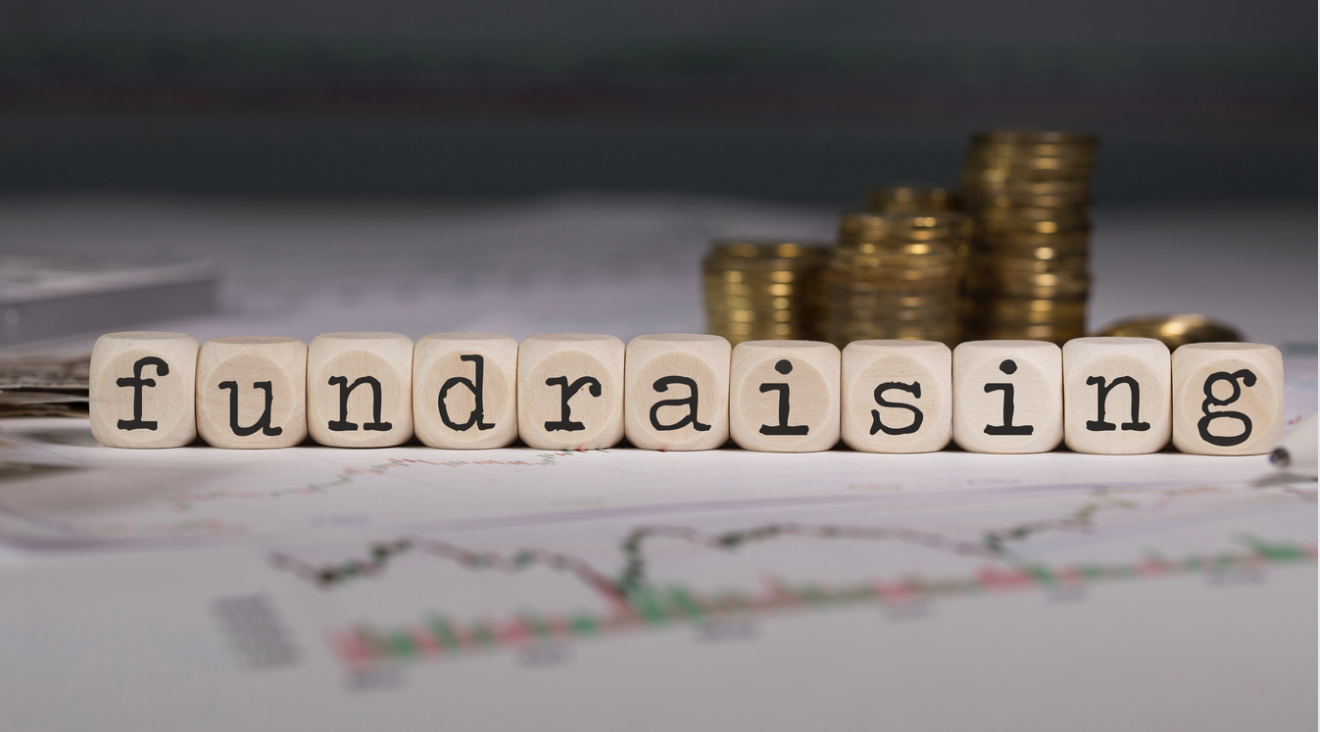|
The good news is that email subscribers have already demonstrated an interest in your organization. The bad news is that a large email list doesn’t necessarily convert to a successful fundraising campaign. Here are five ways to ensure that your subscribers make a gift before December 31. (Don’t forget to add a catchy subject line to get their attention; action verbs are your friends here).
1. Tell a story that demonstrates the impact of your work. Story-telling is an excellent way to evoke an emotional response from donors and help them to feel connected to your cause. Many nonprofit fundraisers are close to their work and assume their audiences are as equally engaged. This time of year, individuals receive dozens of email appeals so yours needs to stand out. Share a story from someone who has directly benefitted from your services. Personal stories illustrate the impact of your organization’s work and help supporters to better understand how their gift will directly help others. 2. Ask for a donation and make it easy to give. This may seem basic but it’s amazing how many organizations bury their ask at the bottom of an email and write it as, “Please consider supporting,” rather than stating, “Please make a gift now.” An ask should be written as an action. You do not want readers to consider; you want them to give now. Use language that is concise and drives action. Each email should include a minimum of two or three asks and links to the giving form. For example, link the photo at the top of the email to the donation form, include a link right in the text, and add a button at the bottom. Motivate readers and make it easy to give. 3. Don’t overdo it. Determining the cadence of emails is a vital part of your strategy when designing a fundraising campaign. Analytics help you better understand the best days and times to send. It is essential to review analytics regularly throughout a campaign to ensure that outreach has been effective. For example, if your open rate drops significantly and your unsubscribe rate increases, those are clear signs that your messages are falling flat—or that you are sending too many emails. Donors should not receive daily emails from you; that is obnoxious and a guaranteed way to lose subscribers. Limit end-of-year fundraising emails to two or three the final week of December. For example, perhaps send one on December 27 and another on December 30. Post on alternating days on social media. Adding a sense of urgency and demonstrating your impact are more effective than bombarding your donors with multiple messages. 4. Segment your audiences and personalize your messages. Are you currently sending everyone the same fundraising messages? Don’t. Try segmenting emails by donation amount. For example, imagine asking a donor who has previously donated $500 for a $25 donation. You just left $475 on the table. Divide email lists into prospective donors, mid-tier donors, and high-net-worth individuals (HNWI) and tweak the language for each message. The amount you ask each donor group should vary. Also, don’t forget to merge their first name in the subject line or the greeting to catch their attention. 5. Thank your donors. Never underestimate the power of a thank you note. Plan to send an email in January, once the final donations are in. Share the final numbers and reiterate how much of an impact their donation will have as your organization prepares for the year ahead. By the way, remind your donors to forward your emails to friends and share your social media posts. Current supporters are your best ambassadors. When they feel appreciated, they are likelier to share your cause with their networks. Need help planning your fundraising campaigns? I can help! Email info@joannatanger.com and share what you’re looking for.
0 Comments
|
Joanna Tanger
Founder/Consultant ArchivesCategories
All
|


 RSS Feed
RSS Feed